Your Ultimate Guide To Low-Profile Tires: Pros, Cons & FAQs
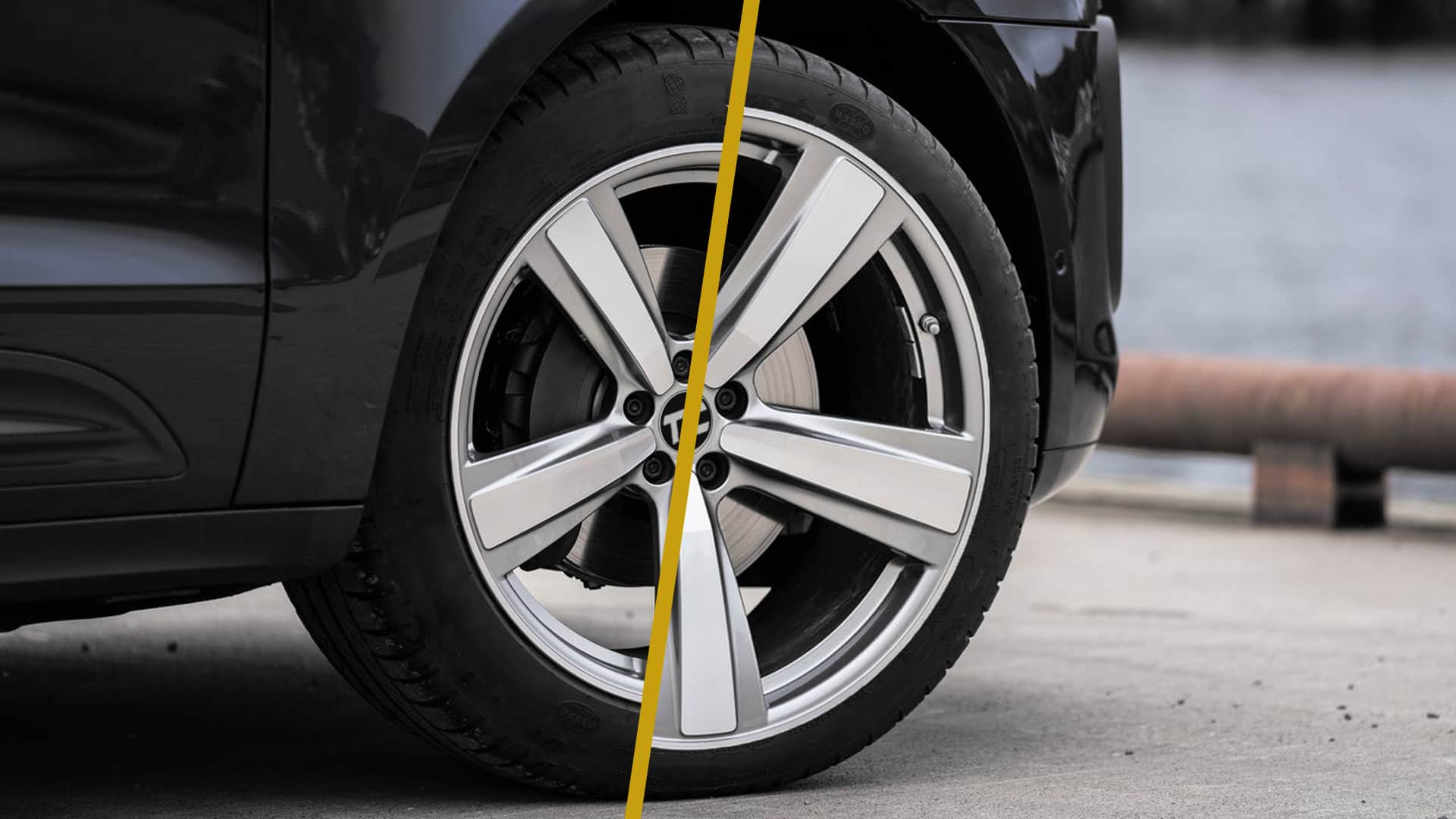
Tires are among the most important parts of any vehicle. Not only do they create grip, but along with the suspension system they also help maintain a consistent connection with the road and control how the car handles.
Some may wrongly identify grip and handling as interchangeable terms, but they’re not. They could be mistaken as siblings who share a remarkable number of characteristics.
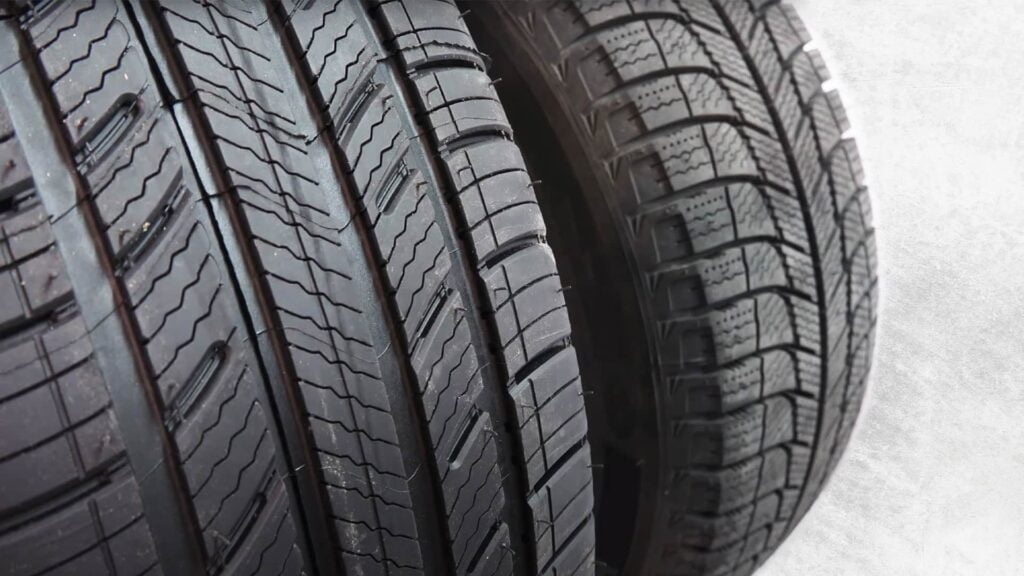
However, in reality, grip is what stops your vehicle from sliding out of control and becoming an uninvited addition to nature’s landscape while handling includes every bit that contributes to ride quality, stability, and maneuverability.
The quest for an ideal balance between efficient handling and enough grip led engineers to develop low-profile tires. The tire walls’ height is what creates that balance, which begs the question- “What are low-profile tires?” We’re here to dig into everything you need to know about these game-changers!
What Is Considered a Low-Profile Tire
If you’re wondering what low-profile tires are all about, let’s start by understanding tire sizing. When checking out tire specs, you’ll usually spot numbers like 265/35ZR20. That initial digit corresponds to the width of the tire section in millimeters.
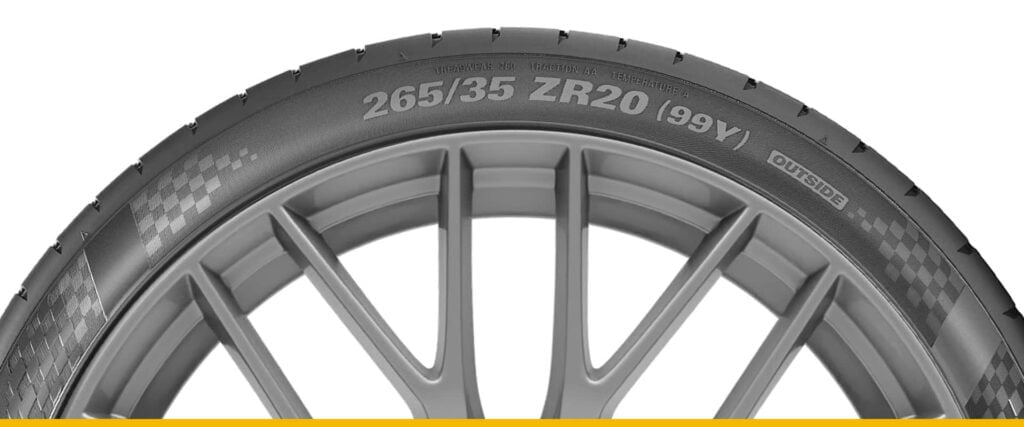
The following number, say 35 for instance, indicates the aspect ratio that shows how much sidewall height it has. So, what does that mean? Well, in our 265/35ZR20 model, a 35% ratio means that the side of each wheel is around 92 mm or 3.6 inch high (265mm * 0.35 = 92mm).
That being said, if this percentage shrank down more and more, so would your sidewalls. This is how we arrive at low-profile tires: ones boasting an aspect ratio of 50 or less.
(Although keep in mind there can be some wiggle room here and there in the classification.)
Low-Profile Tires: Pros and Cons
Benefits of Low Profile Tires
Low-profile tires may not be everyone’s cup of tea, but you’ve got to admit that they do offer a few perks.
1. Improved Handling
When it comes to low-profile tires, they might be a bit shorter in height, but their sidewalls make up for it by being firmer than usual. This trait has a surprising effect on the way these tires function.
With greater contact area and increased stiffness, they’re seriously handy at getting a good grip on smooth surfaces, which means your wheels respond better.
2. Nicer Looks
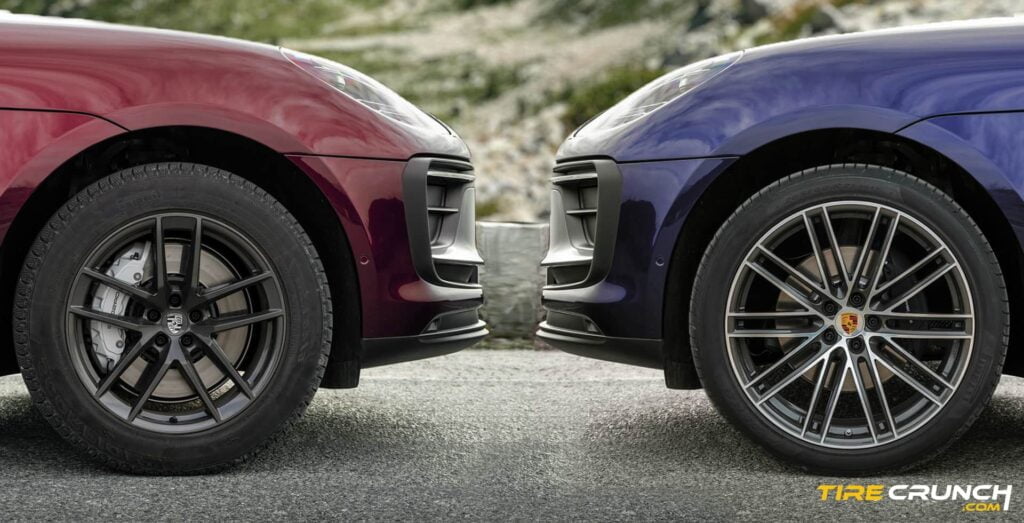
But it’s not just about function – low-profile tires also enhance the overall appearance of your vehicle. They give it that sleek modern look that’ll turn heads as you glide by. And since they come in all sorts of sizes and styles, you can find ones that perfectly match your personal taste.
3. Better Braking
Since these tires have less flexibility, they provide better conditions for a stable and effective braking experience. These tires also come in wider shapes than their high-profile cousins allowing them to create more friction when coming to a halt and thus enhancing the braking performance.
Besides this, they offer the possibility for bigger brakes. When tires get smaller, the rims have to grow in size to balance things out. With a bigger wheel, it’s possible to install beefier brakes. And larger brakes equal stronger stopping force.
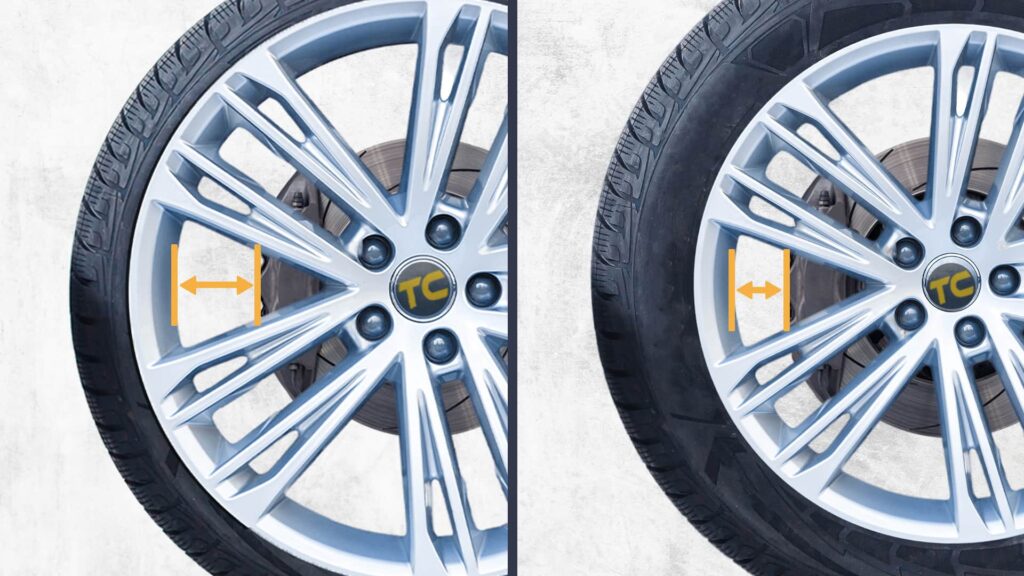
Disadvantages of Low Profile Tires
Low Profile Tires may look sporty and sleek as they hug the ground, but don’t overlook their drawbacks.
1. Less Comfortable
When you install low-profile tires on your vehicle, the minimal space between the road and ride means that all the bumps on the pavement become super noticeable. Ouch!
If your suspension system is designed for low-profile tires, then you’re golden. If not—watch out! Riding on them will most likely feel like you’re traversing a bumpy road on a pogo stick – not the smoothest ride around town.
It’s like wearing heels all day long – stylish but uncomfortable.
2. Noisier
Since these tires are typically wider than other types, they tend to create more noise when you’re cruising down the highway.
3. More Prone To Punctures
Less is not always more, especially when it comes to cushioning! Low Profile tires have less rubber between the road and your rims, which means the likelihood of getting a flat or damaging your wheels is higher.
Suddenly hitting a pothole that might have given you a twinge earlier would now pack an instant punch. To your shock, these strong vibrations may bend your rims, puncture your tires, or cause severe damage to your wheels. Looks like skinny can indeed be risky in the tire world!
4. Quicker Deflation In Case Of A Puncture
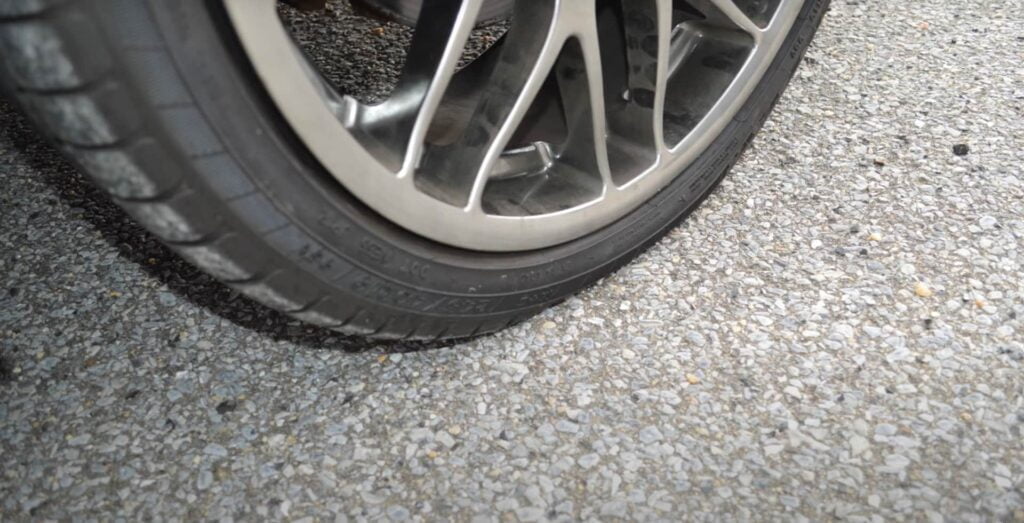
If you get a puncture in these sleek tires, the trouble comes with rapid deflation! It happens because the thin profile means less air is needed, therefore, a flat will take it out quicker.
5. Higher Replacement Costs
Low-profile tires can be more expensive than traditional tires due to their performance-oriented design. Although they contain less rubber than other tires, low-profile tires often have more sophisticated construction techniques that allow them to perform at maximum capability.
6. Less Rim Protection
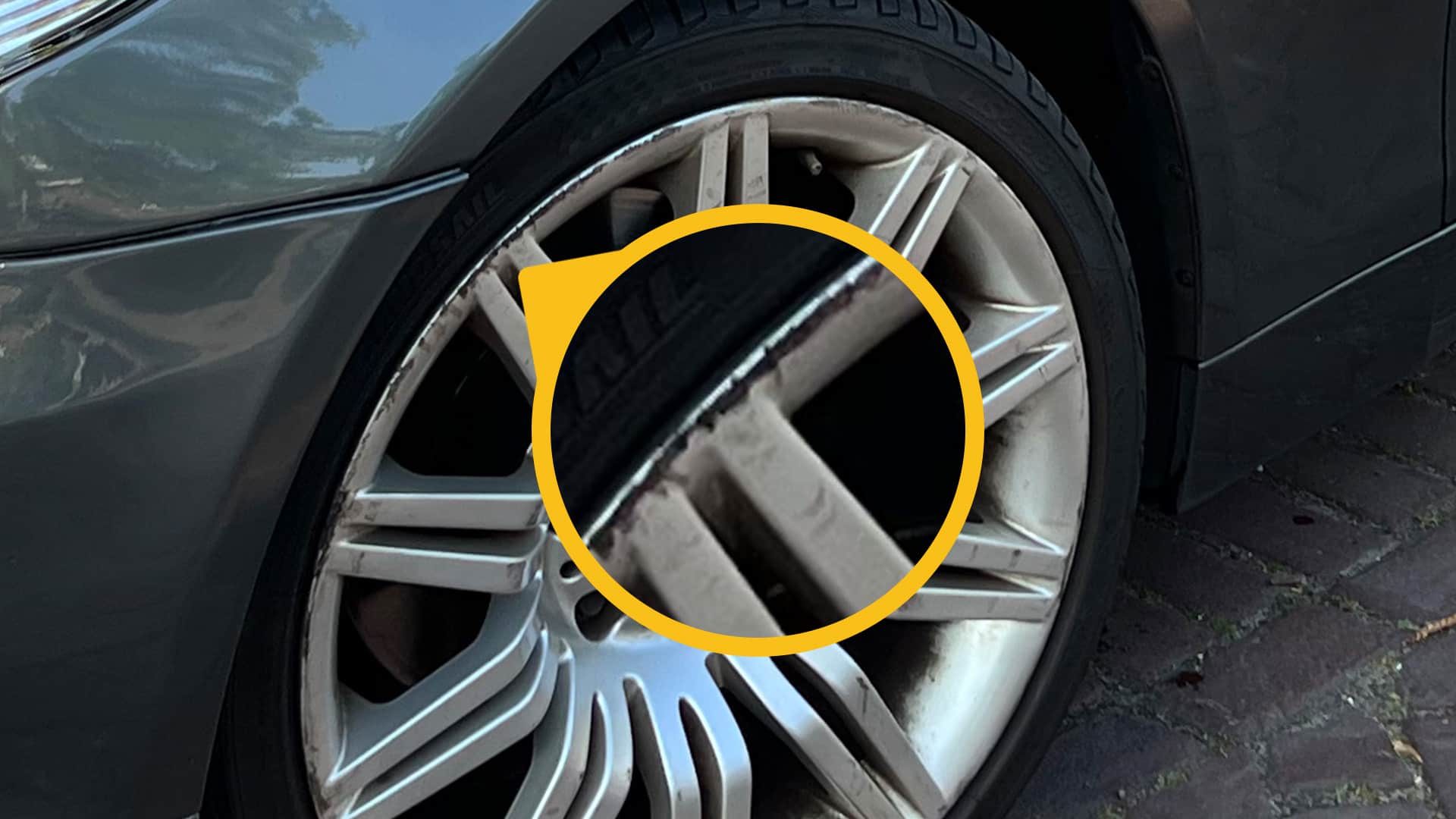
Low-profile tires do offer less protection for your rims compared with traditional tires due to their shorter sidewalls. This means that your wheels are more exposed to hazards like curbs, making them more prone to scratches and other types of damage.
7. Less Grip On Uneven Terrain
Low-profile tires have a distinct advantage when it comes to speed and control on the asphalt. However, things go south once you hit an uneven surface like a gravel path. These tires can’t handle off-road conditions as well as regular ones do.
Wet or icy roads are no different. The simple treads may be doing a great job selling fuel efficiency, but when it comes to gripping those slippery surfaces – not so much.
the smallest size of low-profile tires available
According to the ETRTO (European Tyre & Felicity Manufacturers) Standards from 2009, the lowest series for low-profile tires is 20, which refers to size 375/20 R21.
However, a while ago, Nexen and Kumho debuted 15-series tires. Nexen’s N3000 model comes in size 365/15 ZR24, while Kumho’s Ecsta SPT KU31 is available in size 385/15 ZR22.
Useful Tools: You can check all the available low-profile tire sizes here.
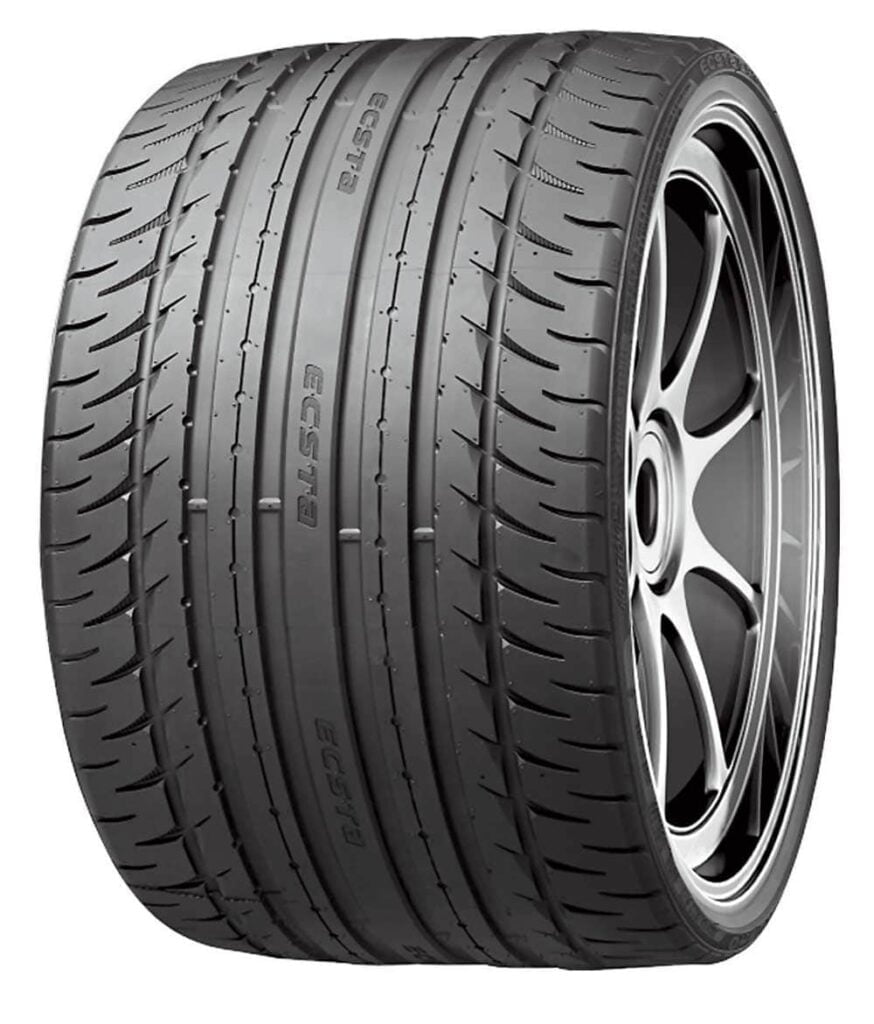

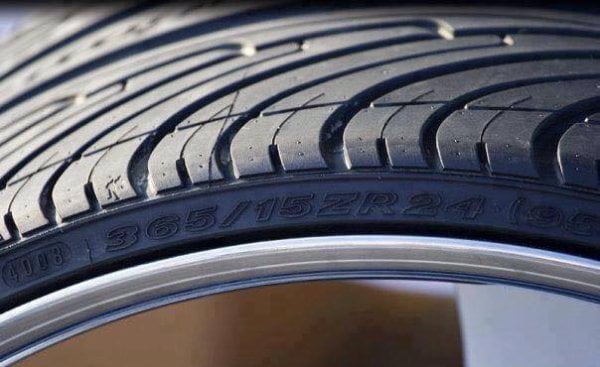
The Risks Of Choosing Low-Profile Tires
Car makers pour a fortune into designing and fine-tuning these vehicles. Still, even they cannot guarantee that using OEM options is free from any risks whatsoever. And things can turn dangerously messy when you dive into the aftermarket options pool.
Cars are sophisticated machines built to execute flawlessly as an entire system. Any changes that you make with non-OEM parts like funky tires can disrupt the balance and might end with nasty surprises – definitely not cool!
Changing your tire size could mess up essential systems like the speedometer, anti-lock braking mechanism, traction, and stability control systems – potentially playing havoc when you most need them to work flawlessly!
That’s why it’s always a good idea to stick with the measurements specified on your vehicle’s tire placard. And hey, if you decide to go low-profile, we’d recommend choosing expert opinion over DIY guesswork any day!
FAQs
Can You Plug A Low Profile Tire?
Yes, you can plug a low-profile tire just like any other tire. However, it is important to remember that tire plugs are considered only temporary fixes.
Do Low Profile Tires Ride Rough?
Yes, low-profile tires may ride rougher because of their shorter sidewalls leading to fewer give-in bumps and potholes.
Do Low Profile Tires Wear Faster?
Low-profile tires provide more contact with the road and increased stability. While this can be beneficial for handling and performance, it also means that they are more prone to wear out faster than traditional tires.
Do Low Profile Tires Handle Better?
Low-profile tires are designed to handle better than traditional tires due to their wider and flatter shape. This allows them to grip the road more firmly and provide better traction during hard turns or aggressive driving maneuvers.
Are Low Profile Tires More Prone To Flats?
Unfortunately, low-profile tires are indeed more prone to flats due to their shorter sidewalls. When hitting a pothole or other obstacle on the road, there is less cushioning between the rim and tire. This can cause damage to the tire or even puncture it completely, leading to a flat tire.
Do Low Profile Tires Get Better Gas Mileage?
Low-profile tires can sometimes get better gas mileage than traditional tires because they have less rolling resistance. This means that it takes less energy for the tire to move, which can lead to improved fuel efficiency.
What Is The Recommended PSI For Low Profile Tires?
Low-profile tires do not have any different pressure recommendations. You should follow the car maker’s standards.
